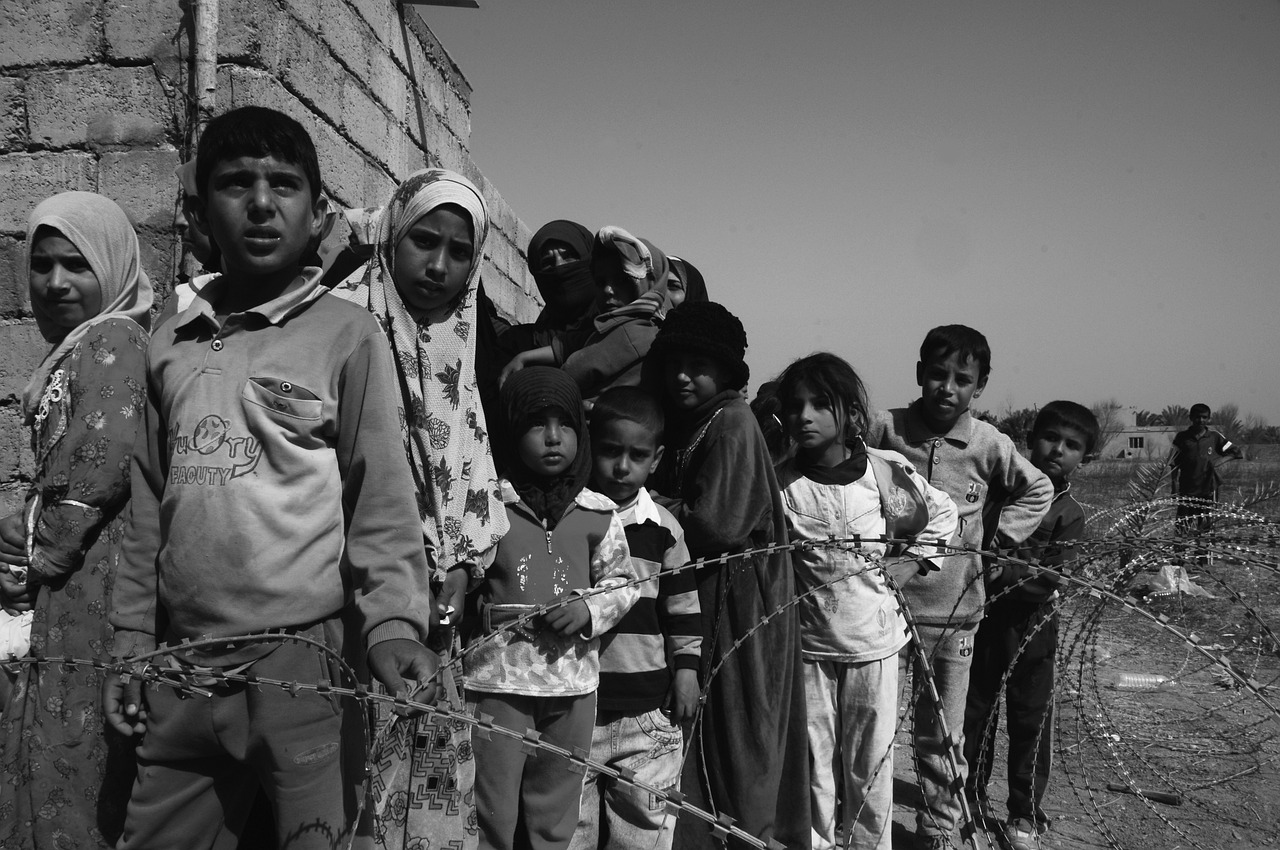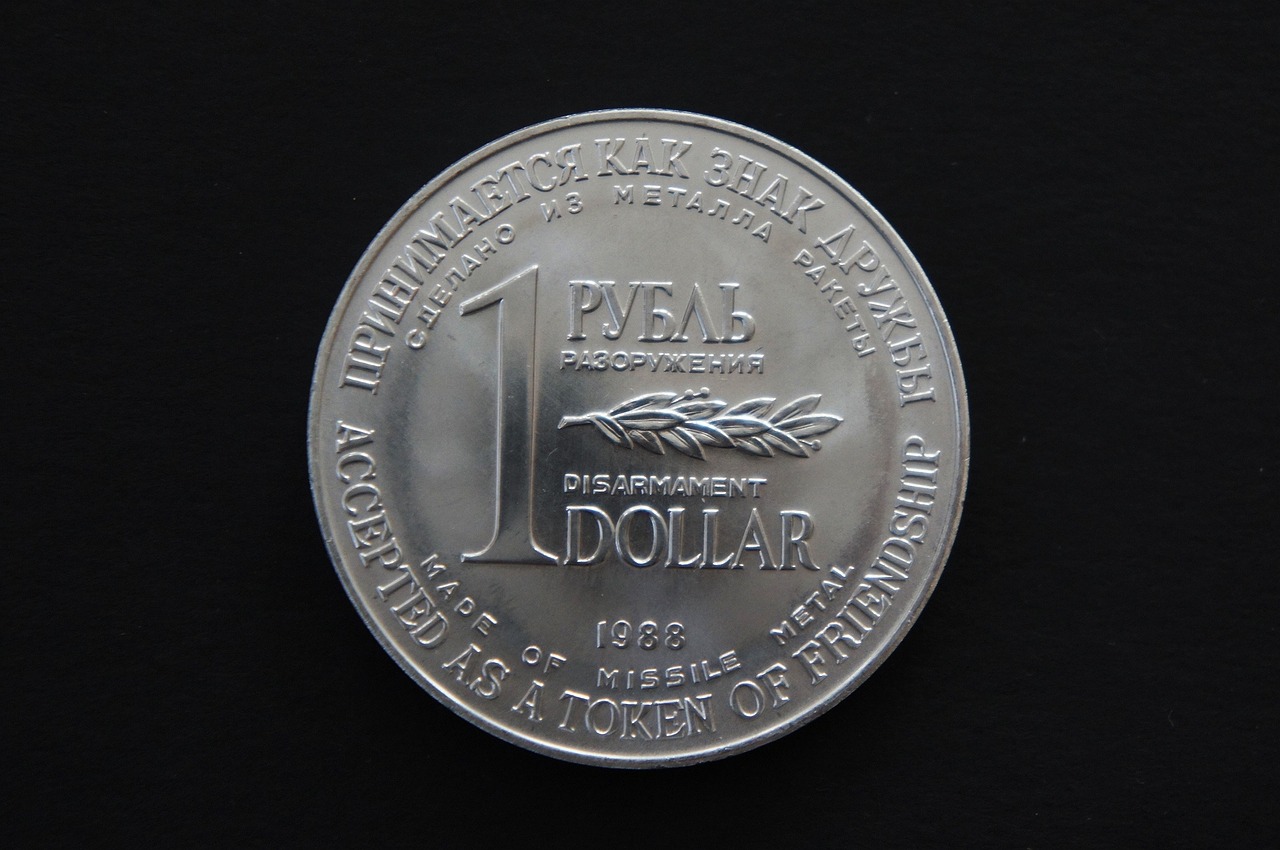The Legacy of the Cold War - Lasting Effects
The Cold War, a period of intense geopolitical tension between the United States and the Soviet Union, left a profound and lasting impact on the world stage. The repercussions of this ideological conflict reverberate through politics, economics, society, and culture to this day, shaping the course of history in ways both anticipated and unforeseen.

Political Impact
The legacy of the Cold War has left an indelible mark on global politics, fundamentally altering the landscape of international relations. The intense rivalry between the United States and the Soviet Union during the Cold War era not only defined the geopolitical structure of the time but continues to influence diplomatic strategies and alliances to this day.
The division of the world into two opposing blocs, led by the superpowers, created a bipolar system that shaped the balance of power for decades. The formation of military alliances such as NATO and the Warsaw Pact reflected the ideological and strategic competition between the East and the West, setting the stage for proxy conflicts and diplomatic standoffs.
The political impact of the Cold War extended beyond the superpowers, as smaller nations were often caught in the crossfire of ideological struggles. The concept of neutrality became a strategic choice for many countries seeking to navigate the turbulent waters of Cold War politics without aligning with either camp.
The end of the Cold War marked a significant shift in the global political landscape, with the dissolution of the Soviet Union leading to the emergence of new power dynamics. The legacy of the Cold War continues to shape contemporary geopolitics, influencing issues such as arms control agreements, regional conflicts, and the quest for global leadership.

Economic Consequences
The economic consequences of the Cold War were profound and far-reaching, shaping the global economy in ways that continue to impact nations to this day. The intense rivalry between the United States and the Soviet Union led to a massive arms race, with both superpowers investing heavily in military technologies and defense systems. This arms race not only diverted resources away from civilian needs but also fueled technological advancements that had both positive and negative economic effects.
Trade policies during the Cold War were often influenced by political considerations rather than economic rationality. Countries aligned with either superpower faced pressure to conform to their ideological stances, leading to trade restrictions and barriers that hindered international commerce. The division of the world into two opposing blocs created economic dependencies that persisted long after the Cold War ended, affecting global trade patterns and development trajectories.
The long-term economic effects of the Cold War are still felt in regions that were battlegrounds for proxy conflicts between the superpowers. Countries in Asia, Africa, and Latin America suffered from destabilization, economic exploitation, and social upheaval as a result of Cold War interventions. The legacy of these conflicts continues to shape the economic disparities and challenges faced by many developing nations today.
Moreover, the Cold War era saw the emergence of new economic paradigms and institutions aimed at promoting stability and cooperation in a divided world. Organizations like the International Monetary Fund (IMF) and the World Bank were established to manage the global financial system and support economic development in war-torn regions. While these institutions have played a crucial role in stabilizing economies and fostering growth, they have also been criticized for perpetuating inequalities and imposing austerity measures on vulnerable countries.
In conclusion, the economic consequences of the Cold War reverberate through the global economy, influencing trade policies, development strategies, and international relations. The legacy of this era serves as a reminder of the complex interplay between politics, economics, and security in shaping the world we live in today.

Social Changes
The Cold War era brought about profound that continue to influence societies worldwide. The ideological divide between the capitalist West and the communist East not only shaped political landscapes but also seeped into the fabric of everyday life. Families were torn apart, and communities were divided based on their beliefs, leading to a restructuring of social norms and values. The fear of nuclear annihilation loomed large, affecting people's perspectives on security and the future. This period witnessed significant migration patterns as individuals sought refuge or opportunity in different parts of the world, leading to the blending of cultures and the formation of diverse communities. The Cold War era also fueled cultural influences, with propaganda, espionage, and covert operations becoming prevalent themes in literature, film, and art. These societal shifts not only reflected the tensions of the time but also left a lasting impact on how we perceive identity, loyalty, and belonging.

